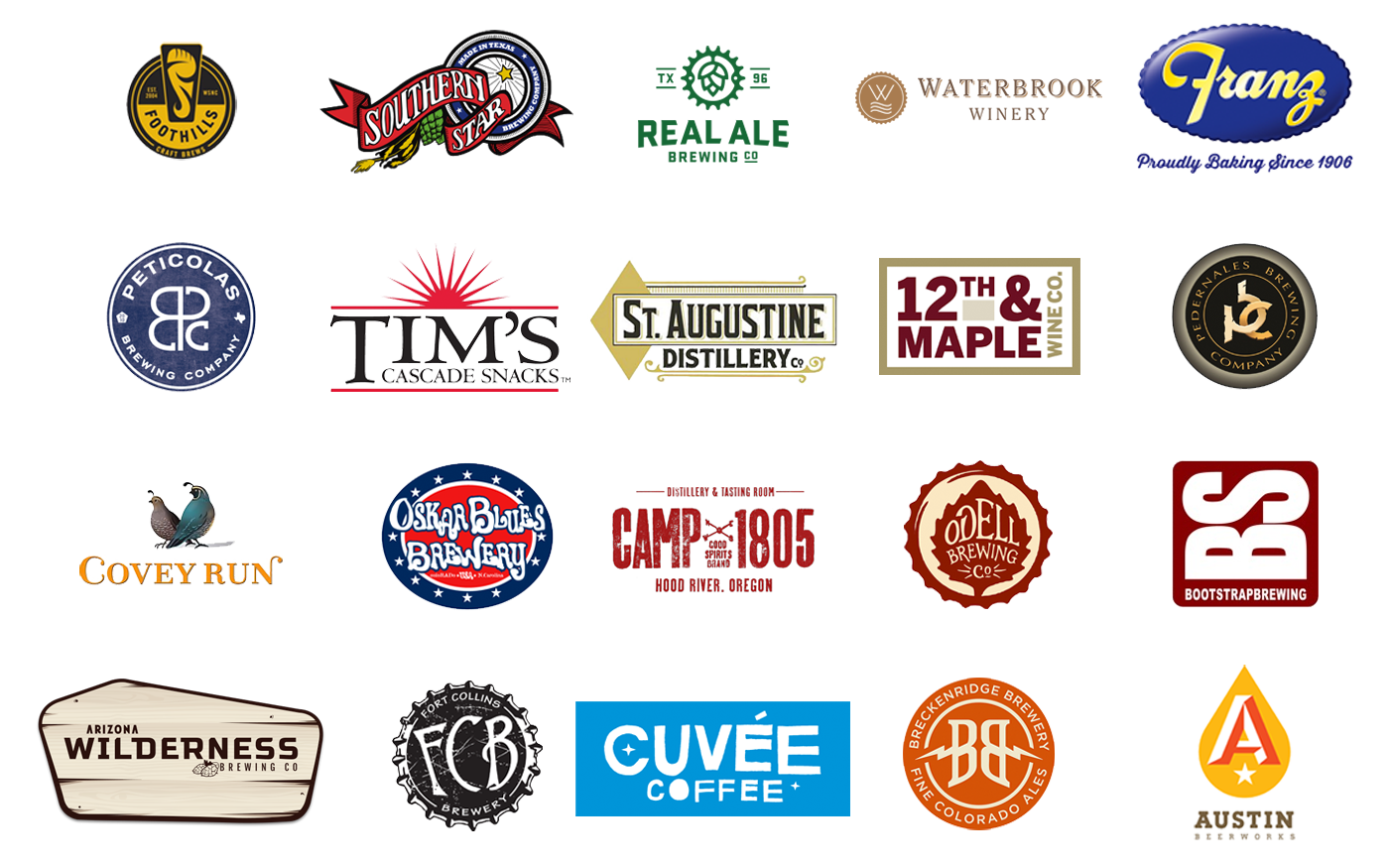Our glycol chiller is having a hard time keeping up with the demand now that the weather is getting a bit warmer and we are needing to crash more than one tank at a time. It's a small unit, and definitely undersized for what we are asking from it, chilling (3) 7 bbl unitanks. I'm looking at getting a larger unit in the future but hoping to be able to temporarily task our cold room compressor to help out with the load.
We purchased a modular walk-in unit with all the necessary hardware, but ended up using about half of the available panels to create a smaller cold room. The compressor that is currently cooling the room does a great job and is oversized for the space that we have right now. What I would like to do is tee off of the refrigerant line coming into the cold room, install another solenoid valve and temp controller and run this into some coils in a glycol reservoir. The reservoir would sit in the cold room and I could pump out of that into my current glycol plumbing and use the smaller chiller for something else.
I'm going to run this by the HVAC/Refrigeration guys, but I wanted to see if this was even possible or recommended. I'm not super familiar with the mechanics of this system so I may be barking up the wrong tree. Any thought?
-Steve
We purchased a modular walk-in unit with all the necessary hardware, but ended up using about half of the available panels to create a smaller cold room. The compressor that is currently cooling the room does a great job and is oversized for the space that we have right now. What I would like to do is tee off of the refrigerant line coming into the cold room, install another solenoid valve and temp controller and run this into some coils in a glycol reservoir. The reservoir would sit in the cold room and I could pump out of that into my current glycol plumbing and use the smaller chiller for something else.
I'm going to run this by the HVAC/Refrigeration guys, but I wanted to see if this was even possible or recommended. I'm not super familiar with the mechanics of this system so I may be barking up the wrong tree. Any thought?
-Steve

Comment